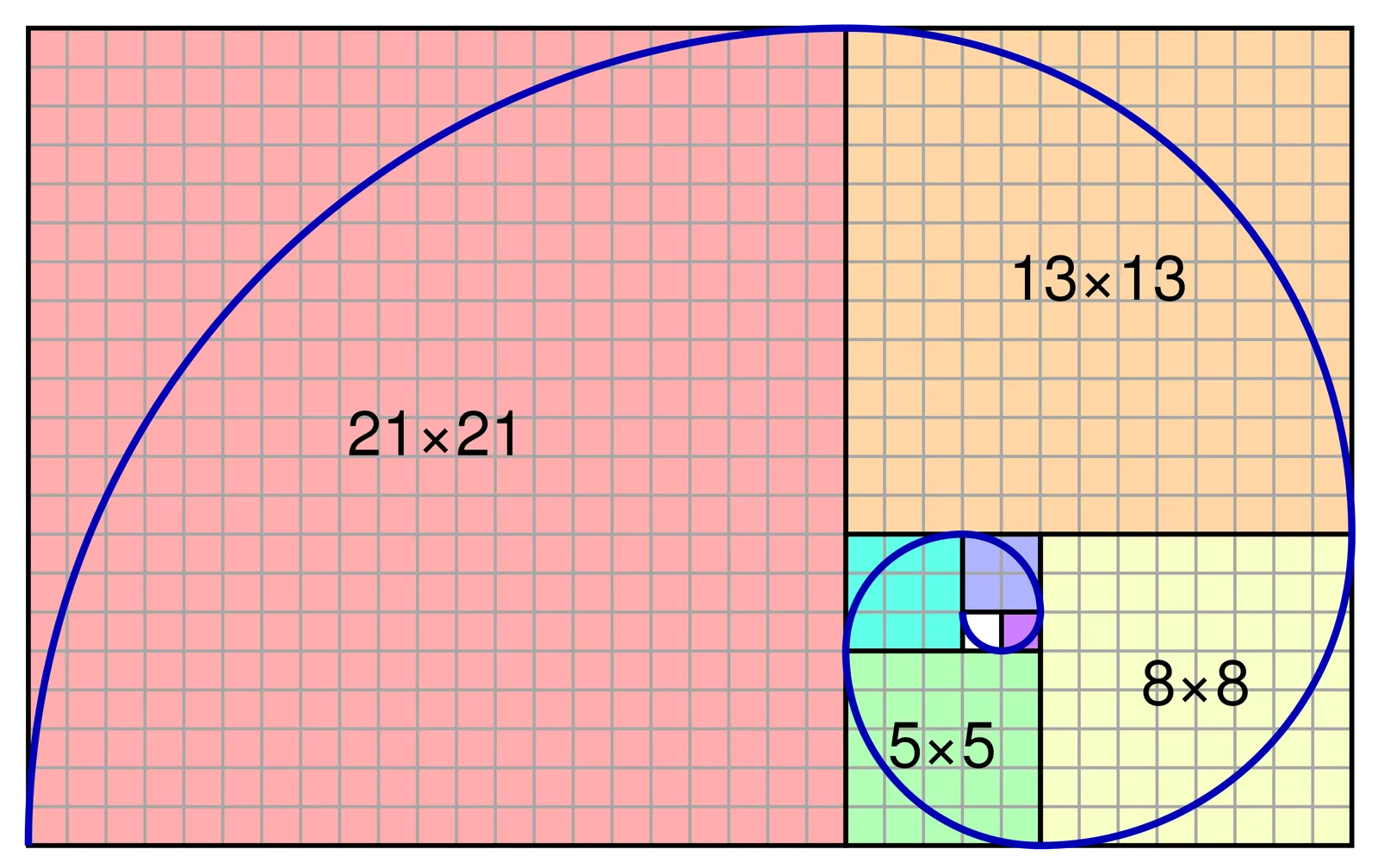Fibonacci's Dance: Nature's Numerical Rhythm
- Alica Adamat

- Jan 27, 2024
- 1 min read
The Fibonacci sequence is a mesmerizing mathematical phenomenon exceeding the confines of textbooks and permeating the very fabric of nature.
Although discovered by Indians about 1,300 years ago, Leonardo of Pisa (Fibonacci) was the one who presented this theorem to the West. He also brought Arabic numerals used instead of the Roman ones.
Defined by the recurrence relation F(n) = F(n-1) + F(n-2) with initial values F(0) = 0 and F(1) = 1, the Fibonacci sequence unfolds as 0, 1, 1, 2, 3, 5, 8, 13, and so on. The Fibonacci sequence reveals itself in the spirals of seashells, the arrangement of flower petals, curves of galaxies, and many more.
Mathematicians and biologists alike marvel at the pervasiveness of Fibonacci numbers in nature. This mathematical ballet extends its reach from the branching of trees to the proportions of the human body.
The golden ratio is an affinity between the Fibonacci sequence and Phi. When you divide the numbers by the ones before it in the sequence, especially the higher ones, you almost always end up with 1.618. Ancient Greeks discovered this and called it the Phi.
This harmonious interplay between mathematics and the natural world beckons us to appreciate the hidden order within seemingly chaotic complexity.
Resources:








Comments